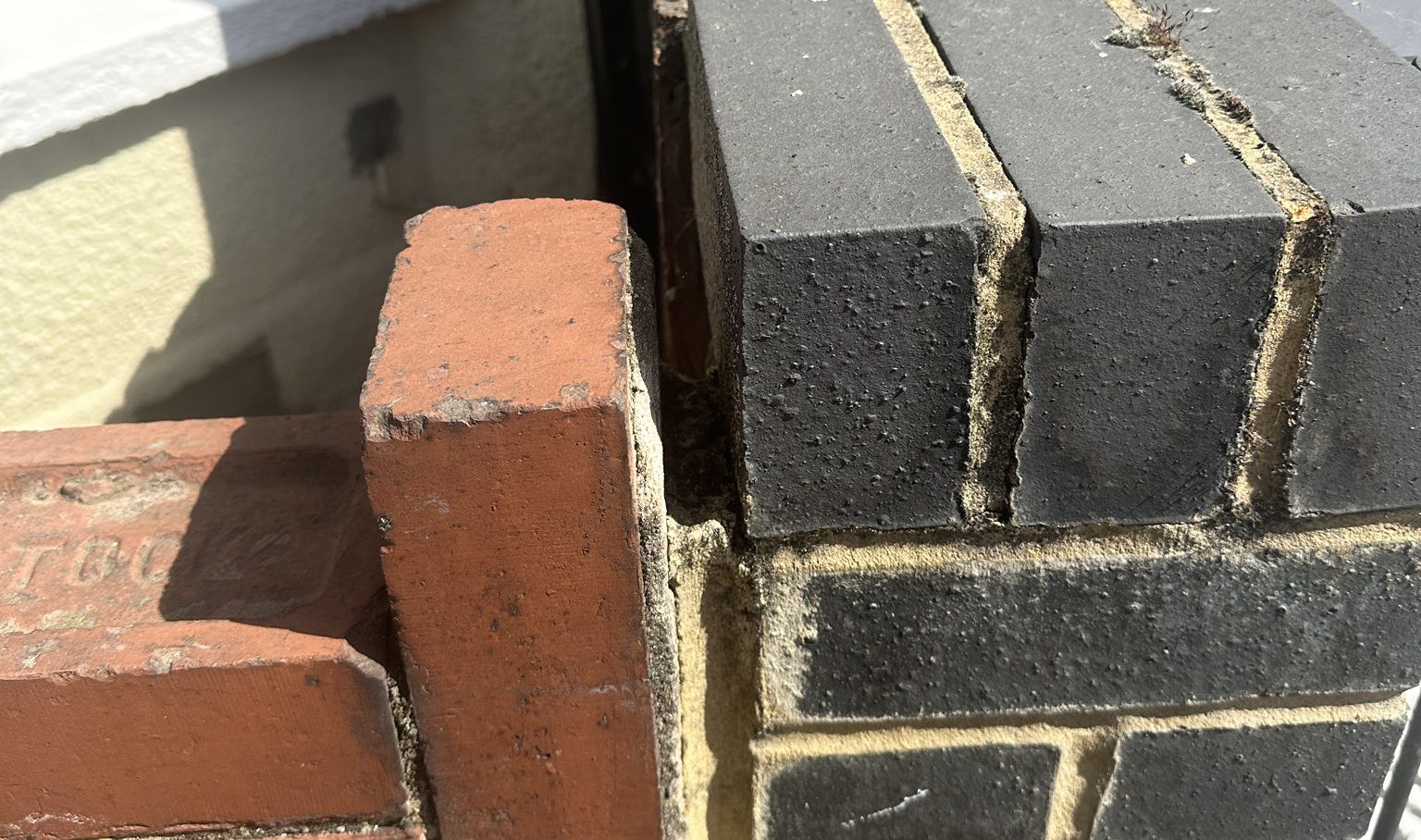News
Gauteng Woman Wins Legal Battle to Keep Wall Standing After 20-Year Boundary Dispute

A small patch of land. A wall built 22 years ago. And a courtroom showdown that finally brought resolution to one of Gauteng’s longest-running neighbour disputes.
In the leafy Palazzo Da Vita Estate in Bedfordview, Johannesburg, a 3.45-square metre encroachment has become the centre of a bitter legal fight, one that has finally ended in a courtroom victory for Natalie Celeste Maroun, a homeowner who unknowingly built part of her home on her neighbour’s land more than two decades ago.
A Wall with a History
Maroun bought her property in 2002, developing her home without knowing that her builder had laid the foundation 800mm further out than planned, nudging the structure across the official property line and into land owned by the Red Cherry Trust.
For years, Maroun believed the issue could be resolved with compensation. In fact, she raised it proactively during a homeowners’ meeting back in 2007, offering to settle the dispute amicably. But the trust didn’t act until November 2023, when it suddenly demanded the demolition of the boundary wall.
‘This Wall Keeps Me Safe’
Faced with losing part of her property, Maroun took the fight to the South Gauteng High Court, arguing that tearing down the wall would come at a cost far greater than the sliver of land it sat on.
She said removing the wall would:
-
Strip her home of security and privacy
-
Depreciate the value of the affected portion of her property
-
Prevent her from accessing her parking area, which requires the use of the side path next to the boundary
She added that her offer of compensation was still on the table, but demolition would cause unnecessary harm.
The Trust’s Sudden Need for a Borehole
In court, the Red Cherry Trust argued that they now needed the space to install a water purification plant, including a borehole and that the best location for this happened to be where Maroun’s wall stood.
But Maroun didn’t buy it. She told the court that the timing was suspect, and that the trust only raised the issue after she disclosed plans to sell part of her property, which included the land in dispute.
A Judge Weighs the Real Impact
Acting Judge Aucamp wasn’t convinced by the trust’s argument. He noted:
-
The encroachment was small and had existed for over 20 years
-
The trust had not proven that the encroached space was the only viable site for its borehole
-
Maroun’s offer of financial compensation was fair
-
Demolition would cause significant inconvenience to her and possibly other estate residents
In a ruling that leaned on common sense and practicality, the judge declined to order the wall’s removal.
Instead, he ruled that compensation to the trust was a more appropriate remedy than tearing down a longstanding wall that had become part of the landscape.
Property Disputes on the Rise
Cases like this one aren’t rare in South Africa, particularly in gated estates and suburban areas where property lines are sometimes misunderstood or poorly marked during original construction. With real estate values at a premium, even small errors can become legal battlegrounds.
Social media users weighed in with a mix of disbelief and support. “They want to demolish a wall over 3 square metres after 20 years?” one user posted on X (formerly Twitter). “Some people are just looking for a fight.”
A Precedent for Peace?
In the end, the court’s decision may offer hope for others caught in similar binds, a reminder that pragmatism and fairness still carry weight in South African courts.
As for Maroun, she can now look forward to peacefully selling her home, wall and all after two decades of legal limbo.
{Source: IOL}
Follow Joburg ETC on Facebook, Twitter , TikTok and Instagram
For more News in Johannesburg, visit joburgetc.com



























